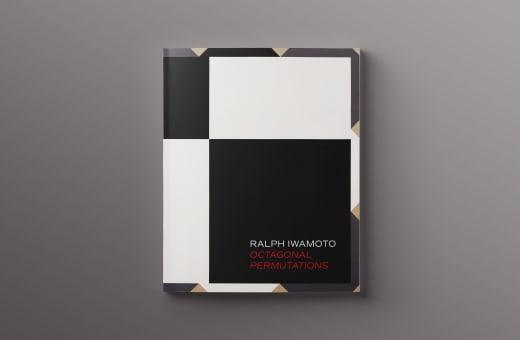
Kenneth Noland is best known as a pioneering member of the group termed Color Field painters
Born and raised in Asheville, North Carolina, in 1924, Kenneth Noland is best known as a pioneering member of the group termed Color Field painters by art critic Clement Greenburg. As a young man in the 1940s, Noland served in the Air Force as a glider pilot and cryptographer. With the assistance of the G.I. Bill, he studied art at Black Mountain College, near his childhood home. The school developed a reputation as an outpost of European modernist sensibility and a training ground for abstract painters. Noland’s influential teachers included Josef Albers and especially Ilya Bolotowsky. As a student, Noland committed himself to abstract painting, but he recognized a need to break, at least temporarily, from the hard-edged geometric abstraction rooted in the Bauhaus and work by Mondrian that permeated the Black Mountain College.
Born and raised in Asheville, North Carolina, in 1924, Kenneth Noland is best known as a pioneering member of the group termed Color Field painters by art critic Clement Greenburg. As a young man in the 1940s, Noland served in the Air Force as a glider pilot and cryptographer. With the assistance of the G.I. Bill, he studied art at Black Mountain College, near his childhood home. The school developed a reputation as an outpost of European modernist sensibility and a training ground for abstract painters. Noland’s influential teachers included Josef Albers and especially Ilya Bolotowsky. As a student, Noland committed himself to abstract painting, but he recognized a need to break, at least temporarily, from the hard-edged geometric abstraction rooted in the Bauhaus and work by Mondrian that permeated the Black Mountain College.
In 1948 Noland left for a year of study in Paris. He developed an appreciation for the way preeminent colorist Henri Matisse displayed mastery of paint, later commenting “To paint out of Matisse, or to use color, you had to learn how to use the materials."(1) This preoccupation with the formal properties of his chosen materials would become a defining characteristic of Noland’s career. While abroad, Noland also became interested in the emotional and symbolic qualities of Paul Klee’s painting. When Noland returned to the United States, he settled near family and began teaching art in Washington, D.C. In the late 1940s and early 1950s, Noland’s work typically incorporated a selection of recognizable symbols – as in this untitled painting – revealing the influence of Klee as well as of early work by Jackson Pollock. At this time, Noland’s technique involved building paint up in thick layers on the ground.
Within a few years, Noland’s style changed dramatically, a development closely linked to his friendship with fellow abstract artist Morris Louis, whom Noland met in 1952. Inspired by their shared passion for color and prompted by seeing poured stain paintings in Helen Frankenthaler’s studio during a trip to New York in 1953, the two artists began collaborating on series of “jam paintings.” These experiments in soaking large, unstretched canvases with diluted acrylic paint set new directions for each artist’s oeuvre when they returned to working independently. For Noland, the dynamics of color became the primary subject matter of his painting.
Although Noland began showing his work in New York in 1956, he has worked in the orbit of the New York art world, intentionally keeping himself apart at homes in Washington, D.C. and New England, except for a brief period in the early 1960s. In addition to painting prolifically and usually in series—notably circle paintings, then chevrons, then stripes, then circles again—Noland has had a long career as a teacher at institutions including Catholic University and Bennington College. His work has been the subject of a mid-career retrospective at the Solomon R. Guggenheim Museum, New York, and is included in the collections of museums worldwide.
1. Kenneth Noland, interview with Paul Cummings (1971), quoted in Kenworth Moffett, Kenneth Noland (New York: Harry N. Abrams, Inc., 1977), p. 19.














